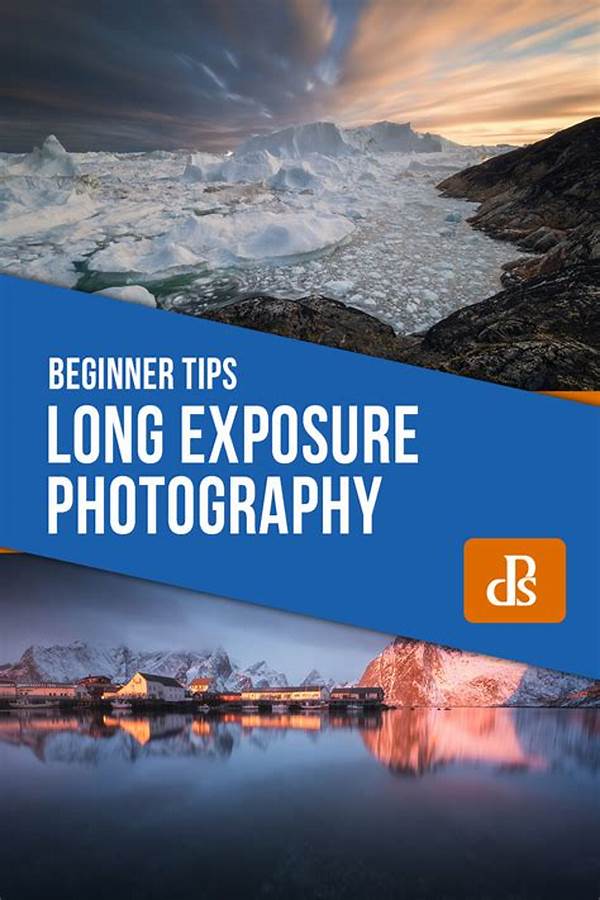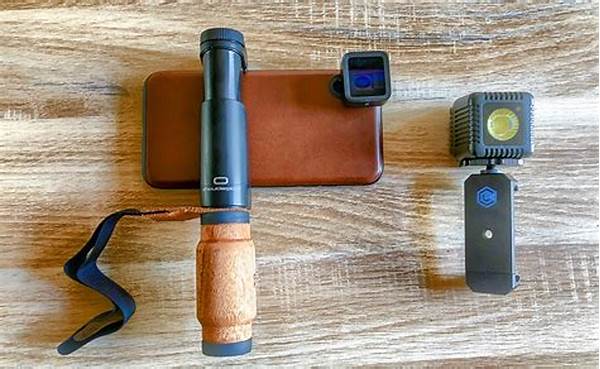Hey there, aspiring photographers! So, you’ve got your camera and you’re ready to dive into the world of long exposure photography. Great choice! It’s an exciting and creative technique that can transform ordinary scenes into extraordinary and dreamy visuals. But, before you rush out with your camera, let’s chat about some long exposure photo tips for beginners. Trust me, with a bit of patience and practice, you’ll be capturing stunning shots in no time.
Read Now : Download Free Image Watermark App
Understanding the Basics of Long Exposure
Alright, let’s break it down to the basics. First things first, long exposure photography is all about using a longer shutter speed. This allows you to capture movement in a singular frame, creating a dramatic effect. It’s perfect for capturing things like flowing water, light trails, or even starry skies. But for those just starting out, it can feel a bit intimidating. No worries, though. Remember, every pro was once a beginner. Start by setting your camera to manual mode. This gives you control over the shutter speed, aperture, and ISO settings. Get familiar with these settings as they’ll be your best friends in this journey. Also, never forget your tripod—stability is key in long exposure shots. So, grab your gear and start experimenting. With these long exposure photo tips for beginners, you’ll be snapping like a pro in no time!
Essential Gear for Long Exposure
1. Tripod: A sturdy tripod is non-negotiable for long exposure photography. It’s all about keeping that camera rock steady to avoid blurry images.
2. Remote Shutter Release: This handy tool prevents camera shake when pressing the shutter—seriously, your photos will thank you.
3. Filters: Consider investing in neutral density filters; they reduce light entering the lens, enabling longer exposures even in bright conditions.
4. Camera with Manual Mode: Long exposure photo tips for beginners emphasize the importance of manual settings—learn them inside and out.
5. Patience: No gear can substitute for patience. This art requires time and practice, so be prepared to experiment and learn from mistakes.
Choosing the Right Settings
Okay, now that we’ve discussed the gear, let’s talk settings! Getting your camera settings just right is crucial for capturing breathtaking long exposure shots. Start with your ISO—keep it low to reduce noise. Next up, your aperture should be adjusted based on your scene’s depth of field; around f/8 to f/11 is typically a good starting point for landscape shots. Of course, the magic happens with your shutter speed. Play around—sometimes you might need just a few seconds, or maybe a few minutes. Each scene is different, so don’t be afraid to experiment. Always remember, practice makes perfect. With these long exposure photo tips for beginners, you’re well on your way to creating some amazing images.
Read Now : Organizing Digital Photo Collections
Finding the Perfect Location
So, where should you go to practice these long exposure photo tips for beginners? Well, the world is your oyster! Look for locations with moving elements like water, traffic, or clouds. Waterfalls make for amazing long exposure subjects, creating that soft, dreamy effect. Cityscapes are also awesome at night; think vibrant light trails from cars. Don’t shy away from creative locations, either. It could be as simple as the view out your window or the park down the street. The key is movement and your creativity in capturing it. Remember, the more you explore, the better your photos will be. Each location offers new challenges and opportunities to learn.
Troubleshooting Common Problems
Shaky Photos
Oops, got shaky images? It happens! One of the main long exposure photo tips for beginners is ensuring stability. Remember that tripod we talked about? Make sure it’s sturdy. If you’re still getting blur, use a remote shutter or the camera’s timer to avoid touching it directly.
Overexposed Shots
Long exposures during the day can lead to overexposed shots. Neutral density filters are your best friend here! These help reduce light intake, allowing for longer shutter speeds without blowing out the highlights. By using filters, you’re opening up a whole new world of creativity, even in daylight.
Summary
Hey, thanks for sticking around till the end of this guide on long exposure photo tips for beginners. We’ve covered some solid ground from the essential gear you’ll need, to the perfect camera settings, and even troubleshooting those pesky common problems. If there’s one thing you take away from this, it should be that patience and experimentation are your best allies. Remember, it’s okay to make mistakes—they’re the stepping stones to your best work yet. Once you get the hang of it, you’ll wonder how you ever shot any other way! Get out there, have fun, and happy shooting!



